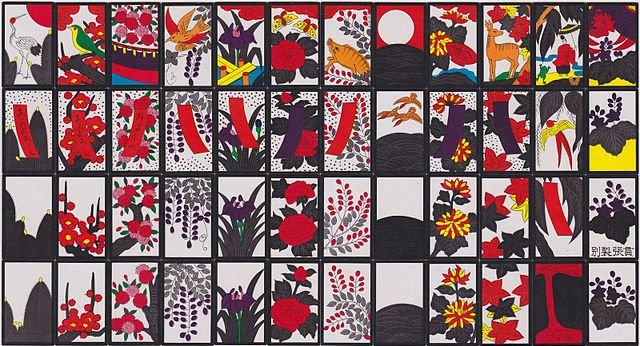
So it’s been a while since I’ve written a post, but a lot has also happened in the world in the meantime: namely, a global pandemic. In other news, I graduated from my master’s program and am back in the healthcare tech industry, so that’s fun!
I wanted to get an opportunity to write about new topics that weren’t related to healthcare and data science (I’ll still write about that stuff, inevitably), so my mind went to a website that I used to visit as a kid: StumbleUpon.
Lo and behold, in a sign of the continual onward march of time, when I went to stumbleupon.com I found that it was rebranded to something called Mix.
 The new StumbleUpon
The new StumbleUpon
The Chrome extension is pretty cool, but I realized that there is probably a better way to find fun and random things to write about. Then I remembered the Wikipedia game that we used to play as a kid, where someone would give you a random Wikipedia page and you had to get to another un-related Wikipedia page within 6 clicks. Of course, there’s a website for that now too: 6 Degrees of Freedom. Turns out the computers have come for our nonsensical games too.
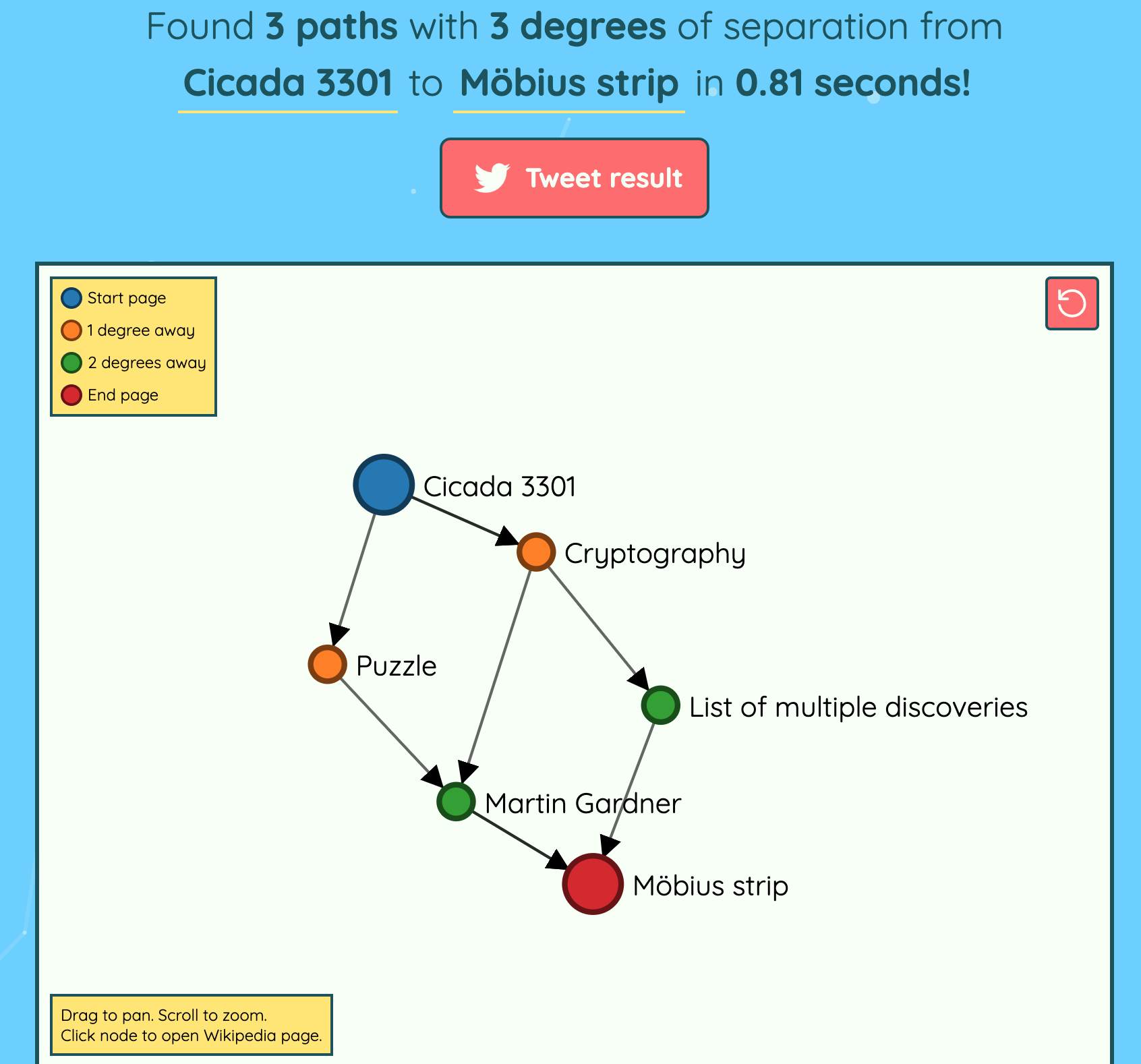 https://www.sixdegreesofwikipedia.com/
https://www.sixdegreesofwikipedia.com/
(I told you it was inevitable that there would be data science somewhere.) But I thought that this would be a great way to write about new topics that were outside of my usual area of expertise and understanding, so I started this series: WikiRoll! As this is the first post in the series, I’ll start on a topic that I wanted to learn more about: Hanafuda, the Japanese card game. But from here, I’ll pick a link/topic on the Hanafuda page and use that page as the topic for my next post in the series, and so on and so forth! This is just an experiment, so let me know if you have additional ideas/thoughts! Now, the reason you’re here…
What is Hanafuda?
The literal translation of Hanafuda is “flower cards”1, and can refer either to the set of playing cards themselves or the games that are usually played with them. The cards have a bold and unique design, which is what really stood out to me; I actually first saw them when I was watching the anime show Demon Slayer: Kimetsu no Yaiba. The main character has these card-shaped earrings, and the villain refers to them as looking like hanafuda cards, which is what led me to explore them further!
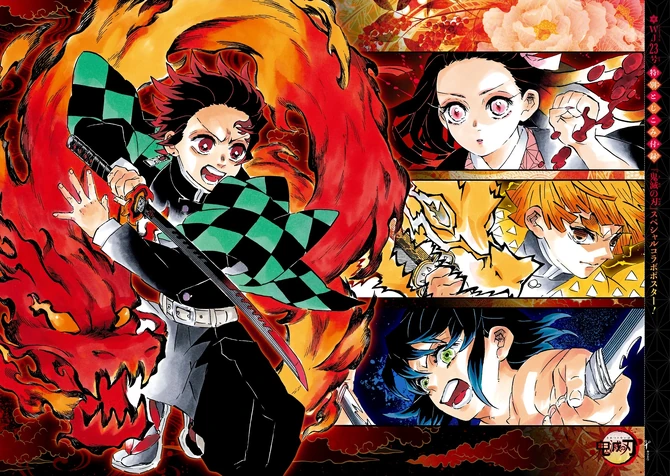
Demon Slayer: Kimetsu no Yaiba
The game developed in Japan after the Portuguese took Western cards there in the 17th century2. Over time, it actually grew to become a banned gambling game several times, but eventually become tolerated by the Japanese government. Fun fact: Nintendo, the massive video-game company we all know and love, was actually founded by Fusajiro Yamauchi with the purpose of producing and selling handcrafed hanafuda! Obviously, Nintendo is much more focused on the likes of Zelda and Mario now, but they still produce hanafuda cards, including some cool Mario-themed sets.
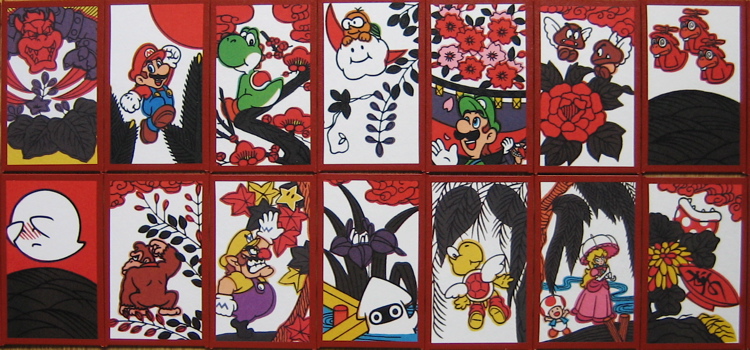
Mario Themed Hanafuda
How do you play?
There’s a variety of games that you can play with hanafuda cards, the most popular of which is Koi-Koi. For the sake of simplicity, I’ll focus on that variation for this post, but I encourage you to learn more about the other game types too!
A hanafuda deck consists of 12 suits with four cards each, with each suit representing a different month in the year and its corresponding flower or plant. The picture at the top of this blog post shows all 48 cards, going from January on the left vertical to December on the right vertical.
The number of cards in your hand and in the “field” differ depending upon how many players you have, but let’s assume a three player game for now, so we will each have 7 cards in our hand and there will be 6 cards in the field. Each player’s turn has the same procedure:
- See if a card from your hand matches with a card in the field (matching = in the same suit)
- If there’s a match, you place your card on the matching field card, bring both to your side. If there’s not a match, you have to discard one card from your hand to the field
- Draw a card from the deck; if this card matches anything in the field, repeat the same procedure and bring both to your side. If not, you have to discard that card to the field.
- Play goes to the next player to your right
The objective of the game is to create matching sets of cards. This is where the complexity comes in; there are a ton of matching sets with varying point values, which can be really confusing! The graphic below does a good job of summarizing some of them.
Scoring in Koi-Koi
So once a player gets one of these sets, they can immediately end the round and get the amount of points that the set is worth. But here’s the twist for this game variant: the player could also opt to yell out ‘Koi-Koi!’, which is the proverbial double or nothing (kinda). The game will continue and allow the player to score a second set, but if another player is able to form a set, then they can earn DOUBLE the normal points for that set! The winner then becomes the dealer and play continues, traditionally for twelve rounds, and the person with the most points at the end of it all is the winner.
All around, this sounds like a super fun game, so if you’re like me and wanted to get started with playing, here are some recommendations!
Digital: There are a ton of video game options for Hanafuda, some even released by Nintendo itself. They are typically in world board game packs, like Clubhouse Games: 51 Classics. The Game Grumps did a pretty funny video of them playing through it.
Physical: Of course, a lot of the allure from Hanafuda lies in the beautifully designed cards. Writing this post made me want to go ahead and pick up a pack, so I encourage you to do the same! The Nintendo website offers a great set of options, including some of the Nintendo video-game sets that I had mentioned earlier in the post. I wanted to go with a cheap traditional option from Nintendo, so I ordered the top find on Amazon.
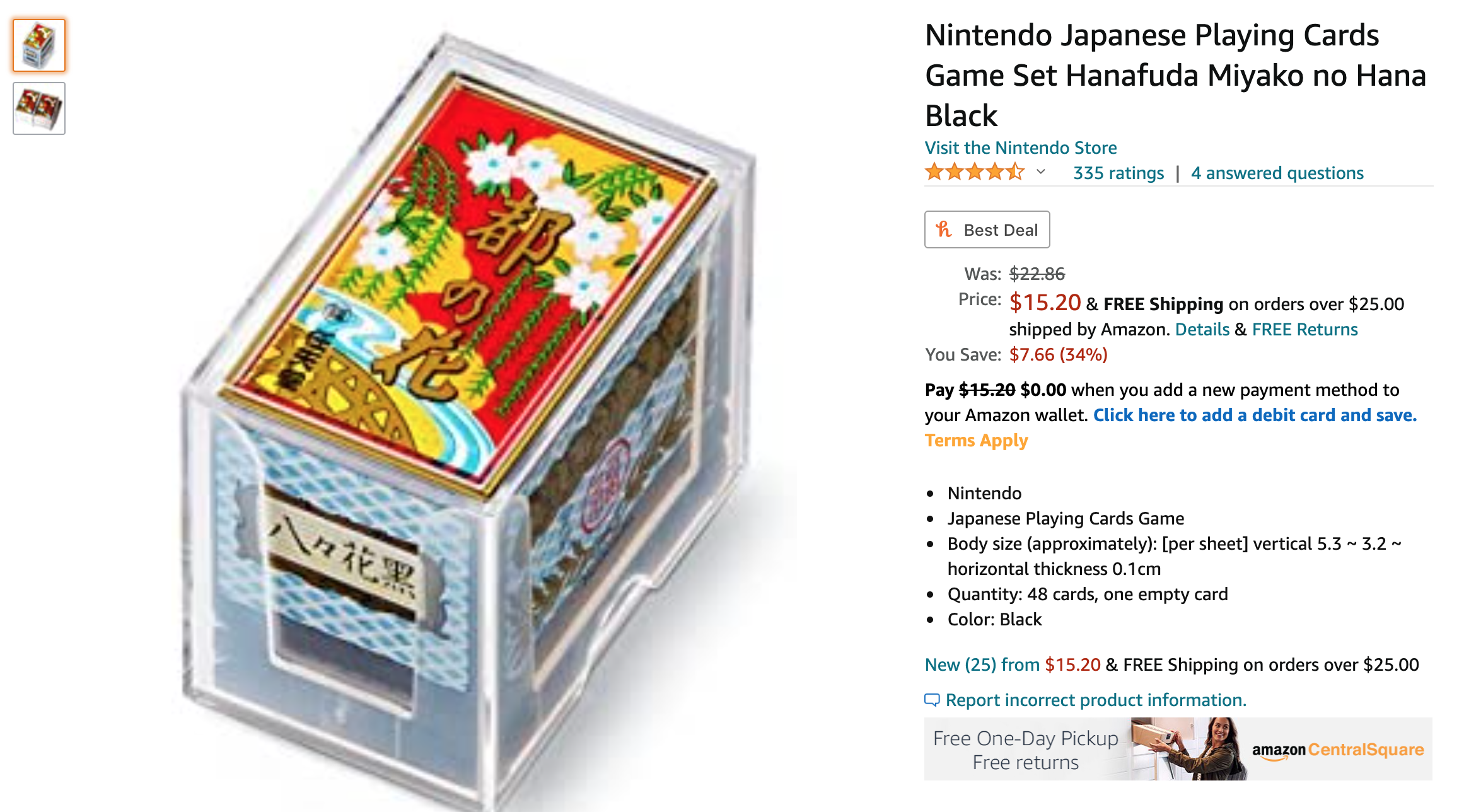
So that’s that! If you made it this far, thanks so much for reading and I hope that you learned something! Even better, pick up a hanafuda deck yourself and play with some friends. I had a blast learning about this game and can’t wait to find out what I’ll be writing about next. Stay tuned to find out!
Until then, stay safe and be well.
